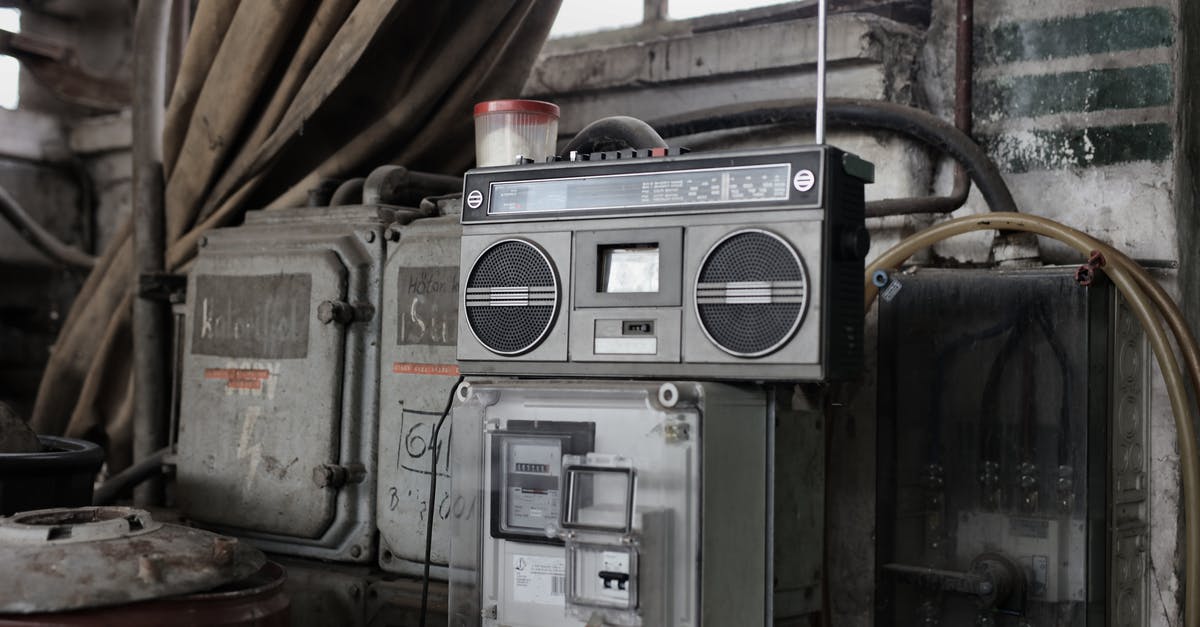Why is the Gastronorm system based on 530 × 325mm?

I met the Gastronorm system tonight, by accident, and discovered it was based on a standard container size of 530×325mm.
Wholly logically, other sizes are fractions or multiples of that 1/1 standard, so they play no further part here.
I've found any number of informative sites that repeat what I've said, and sales sites offering items matching that system but still, where does 530×325mm come from?
If this has nothing to with any culinary art, anyone reliably saying that will be helpful in ruling out various negatives.
Until then I just about see that the ratio 530/325 = 1.63 has classical echoes but still, why 530 instead of 500? Why 325 instead of 300?
I first thought those numbers might somehow resolve into something obvious but multiplying them gives 172,250mm sq… no more meaningful than the originals.
Perhaps they were left over from Imperial equivalents? Uh… hardly. 530mm equates to 20.808 and 325mm to 12.795 inches… no more meaningful.
Similar but different, the "A" sizes for paper can claim a historical basis… it was ever thus, for whatever reason… The A-ratio comes from a mixture of maths and philosophy in ancient Greek; the specific sizes in the A-series from simple convenience.
By contrast, Gastronorm was apparently invented in Switzerland in 1964 and in 1993 became what is often referred to as Euro standard EN 631.
Fine but my Chrome and Google, for one, aren't able to relate EN 631 to gastronomy, except - and not always - by reference to materials used in construction of utensils designed for handling food. Nothing to do with sizes…
Going back, the A-series sizes are at least recognised, if not used pretty-much the entire world over but A-series 297/210 bares no relationship to 530/325.
530/325 does give 1.63, sometimes called the Golden Ratio and seen as philosophically, if not mathematically important but then why not start from, say, 500 or 300… why 530/325?
Best Answer
I can't find direct citation of this anywhere on the internet, but my working hypothesis is that the 530x325mm size was based on a pre-existing commonly used food service pan, possibly by the manufacturer Reiber. The Swiss would have more easily adopted a standard based on pans they already had.
This pan size was probably chosen because it is a useful general pan size. Consider that American Hotel Pan sizes are very similar, with a "full pan" being within 10% of the size of a Gastronorm 1:1 in both dimensions (and is, ironically, closer to a well-rounded 500mmx300mm).
The "why was the Reiber pan 530x325mm precisely, though?" is not a question I've found an answer to; hopefully someone else will.
Pictures about "Why is the Gastronorm system based on 530 × 325mm?"



Quick Answer about "Why is the Gastronorm system based on 530 × 325mm?"
This pan size was probably chosen because it is a useful general pan size. Consider that American Hotel Pan sizes are very similar, with a "full pan" being within 10% of the size of a Gastronorm 1:1 in both dimensions (and is, ironically, closer to a well-rounded 500mmx300mm).Gastronorm Vacuum Container Lid System
More answers regarding why is the Gastronorm system based on 530 × 325mm?
Answer 2
Only a partial answer but I don‘t think it is a comment only. I didn‘t find any hard facts about the reason for the norm.
According to the history section of the Schweizer Verband für Spital-, Heim- und Gemeinschtsgastronomie Gastronorm was founded in 1964 in a meeting of members of the SVG and members of Swiss kitchen suppliers and builders.
According to the (very brief) entry this was discussed in an inn. As no major problems are hinted, I feel strongly that the system was indeed based on the inner dimensions of some existing gear.
As there are more kitchen equipment manufacturers are suggested I think these inner dimensions were common or easily adaptable anyway.
As (I think in Europe at least) 60cm is a common width for furniture Chris‘ inner dimensions theory seems plausible and likely.
Sources: Stack Exchange - This article follows the attribution requirements of Stack Exchange and is licensed under CC BY-SA 3.0.
Images: Andrea Piacquadio, Field Engineer, Field Engineer, Igor Mashkov
